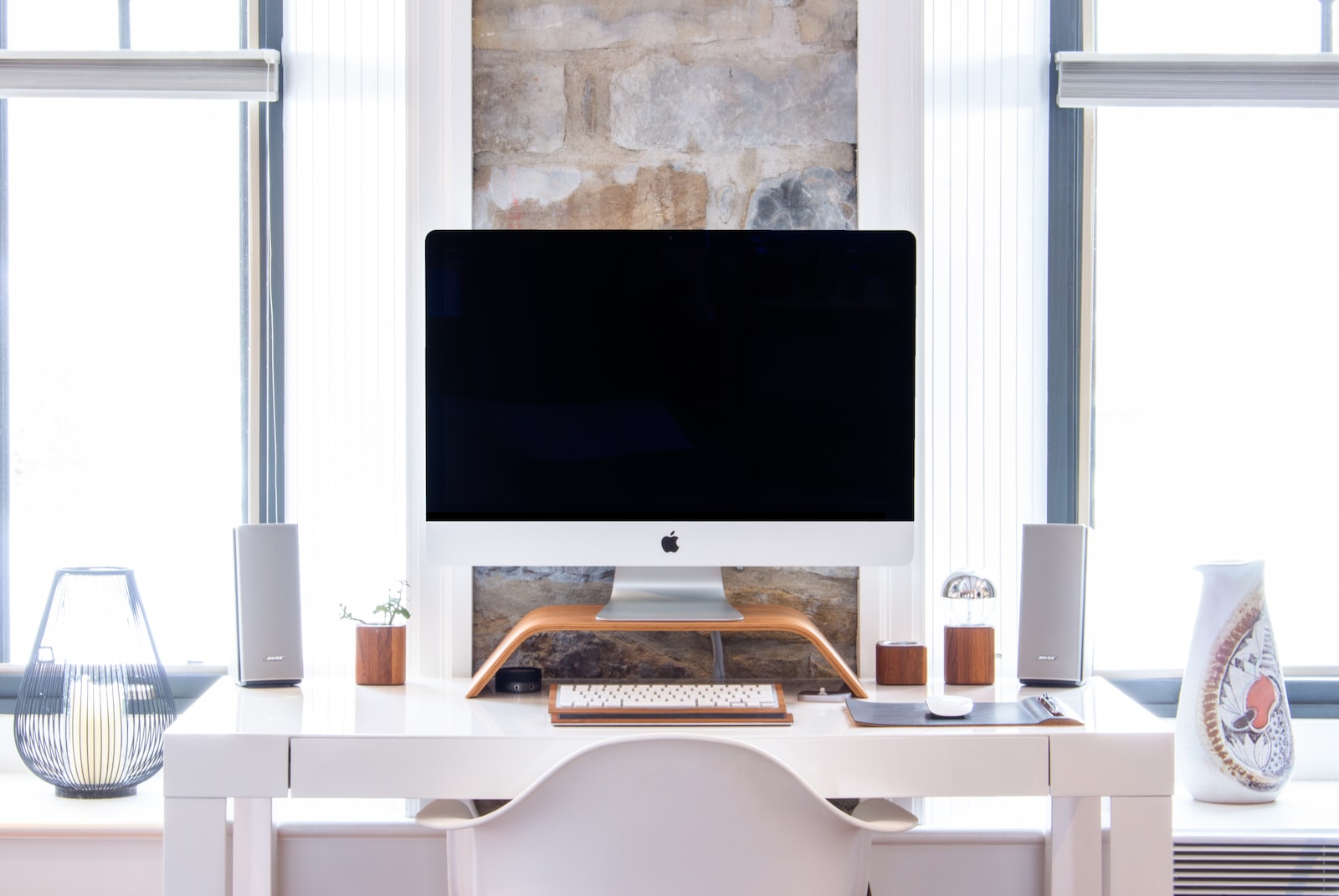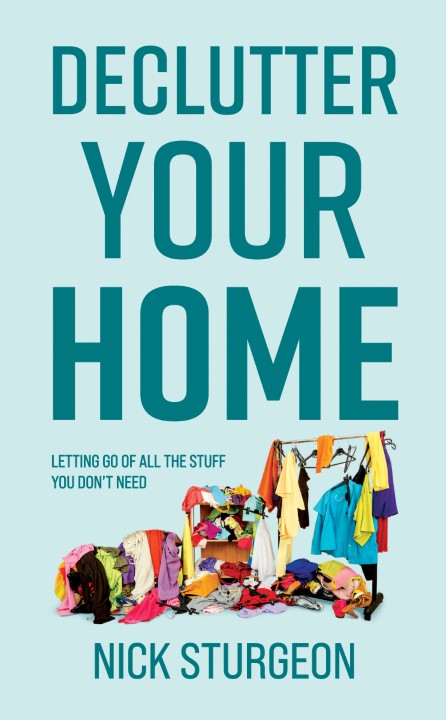"One task at a time" might be considered a mantra of the declutter movement. Through simple steps and managing just one item, space or room at a time in your direction towards living with less clutter, you will get great results.
Acknowledge that things have their place in your space
Plates don't belong in the living room or bedroom. They live in the kitchen. Paperwork belongs in a file cabinet or household paperwork box in a specific area of the home, near to where you sit down to deal with bills, taxes and invoices or expenses.
Post goes in one place in the house, maybe just off the hallway or on a table in that same location once it has come into the house. When post has been opened the envelopes go into a recycling box, not tomorrow or the day after, but as soon as the post has been opened.
Clothes belong in the wardrobes and drawers that are designed to hold them. Once clothes have been washed and dried they go back into the storage drawers. If you live in a two level house, then things that are to go upstairs but which have found their way downstairs, get placed into a basket or bin at the foot of the stairs for moving upstairs by whoever goes upstairs next. This is a simple way of ensuring that things get back to their place in the house. Keep the Waste Bin to hand and use this for a regular scan of your surface areas at home. This can be the easiest way to ensure that things don't get misplaced, that clutter finds it difficult to accumulate because you are looking out for it.
Use your Diary and Calendar to keep Letting Go
Here I suggest you track and monitor your own time commitment to the process of watching what is accumulating and to ensuring things are moved-on to their new home, which is away from yours! You can set aside regular planned time to continue the forward progress. Start with once a week allocating a time slot where you can walk around your home and identify things which are not needed. This will not be about simply moving the toys which have ended up in the corridor back to the children's bedroom, or taking plates from the lounge back into the kitchen. These are normal every day activities as parting of everyone enjoying the home.
No, this new tracking activity is much more about watching what might be coming into the house as new and which is not as good as you thought it was when you bought it last month. Now you are catching it before it gets dumped in a cupboard and ignored or forgotten for years. This time you are spotting the problem early on, and ensuring the wasted item is gone for good to a place where it may be more appreciated or more relevant.
Notice your shopping habits
Another area where you will have massive impact on reducing the clutter is by becoming more aware of what makes the journey into your house. If it doesn't come in then it can't take up space in the first place! On your regular shopping trips into supermarkets, local independent and artisan stores, book shops and departments stores be mindful of what you see that you feel you want for the house. Of course, I am including food shopping here, but more than this I am thinking about the non-food objects such as lamps, cushions, books, fabrics, ornaments, pictures, electrical items and gadgets.
Any one of these can be appealing because they are attractive, or hi-tech, or we feel they are 'must have' items for the living room or bedroom, they are better than what you already have or they represent a prestige element or status symbol for you. Be careful. Ask yourself "How does this new item make a real difference to the quality of my life?" or "Can I have the benefits this item might bring to my home, but for less than the ticket price showing here?"
Consider your involvement with the goodwill and charity shops
Have you regularly donated your good quality items to a local store where they can resell or repurpose your donation? If not, then can you make this a more regular action for your family or household? This might mean that you now allocate a space in your home to where you store those things which you have already had good value from and which you are considering replacing. Whether this is in a cupboard or on a shelf in the garage doesn't matter. What is important is that each time you have enough things to fill a box then you get this down to the charity shop so they can sell it and collect the funds for their own good projects. Everyone at home can get involved with this for clean unwanted clothes, kids toys, books, household furniture and kitchen items.
Giving such things a second life can mean an enormous emotional benefit to the person who buys it from the store to make their own living pace better for them. Recycling things this way allows each item to have a second life and is better for you, your neighbourhood and for the planet we all live on.

